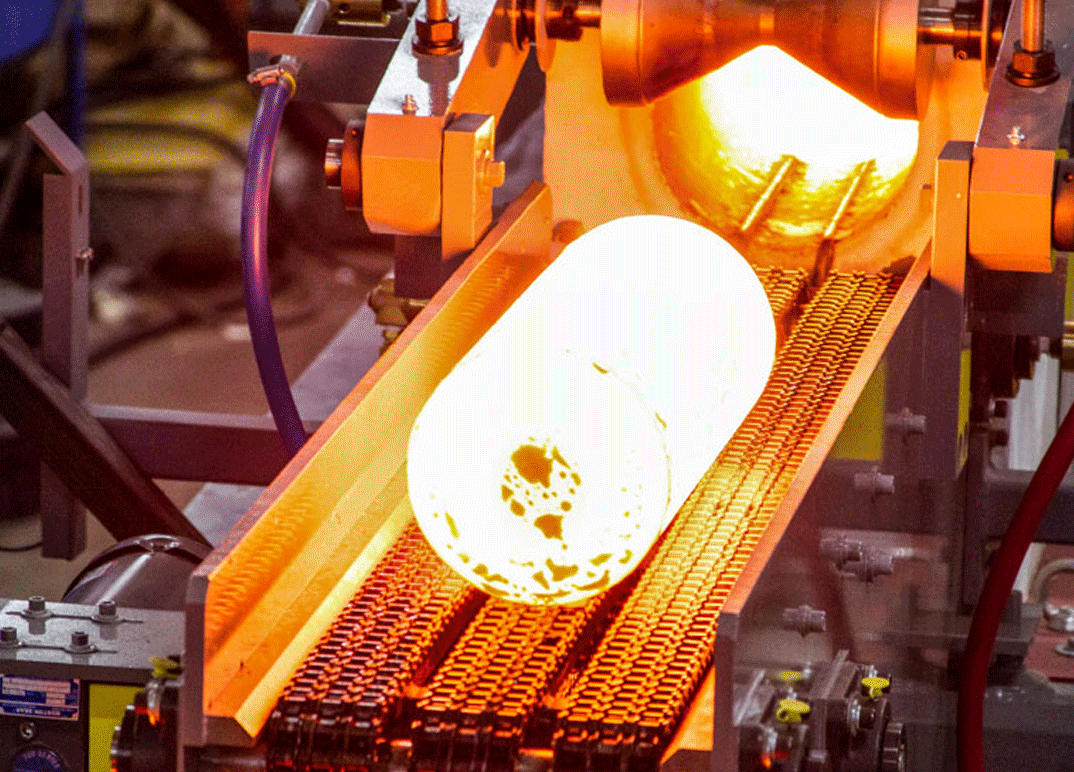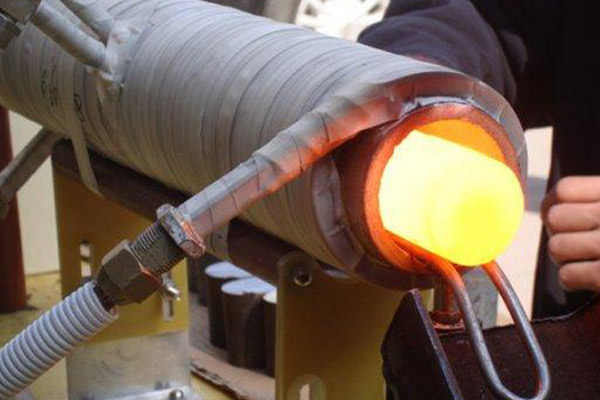Our Location
Brand Name: Enze
Process: forging
Machine: Forging machine
Material: Various Aluminum Alloys including ADC10, ADC12, A360, A380, A413, A356, and ALM20. which can also be customized. Zinc Alloys include ZA3#, ZA5#, and ZA8#, can also be customized.
Surface Treatment: Sandblasting, Plating, Painting, Powder Coating, Stoving Varnish, Shoot Blasting, etc.
Application filed: Used in Automobile, agricultural machinery, furniture, construction, home appliances, electronics.
Quality control: Certificates for fulfilling all the requirements and test reports for each delivery.
Drawing format: IGES, STEP, AutoCAD, Solidworks, STL, PTC Creo, DWG, PDF, etc.
Deep Processing: CNC, Cutting, Punching, Checking, Tapping, Drilling, and Milling.
The aluminum forging parts are used in applications requiring harsh environments. Forged aluminum components are typically used in areas that experience stress and shock. Forged aluminum is ideal for critical performance and safety applications, but a lighter metal is needed for speed or energy efficiency.
The challenging and harsh environments where these applications are used require strong, durable structures. Forged aluminum is an ideal material in such conditions because of its low density compared to steel.
We offer a one-stop service for all your aluminum forging needs. We perform heat treatments in our factory, including T6, T5, and customized requirements.
Enze can determine if it’s suitable for conversion to a forging if you have a billet-made part. The net shape of a forging can minimize machining to a great extent. We typically forge 6082, 6061, 6060, and 7075 series alloys, but we can also forge other customized 6000 and 7000 series materials.

Aluminum is a soft and lightweight metal often combined with other metals like copper, magnesium, tin, or zinc to enhance its strength, durability, mass, and workability. Forging is the most common method for making about 85% aluminum parts. Aluminum alloys are easily forgeable. Cast aluminum products are inexpensive due to their low melting point but have lower tensile strength. Some commonly used forged aluminum alloys include 6060, 6061, 6063, 6082, and 7075. Aluminum alloys are commonly utilized in engineering applications and components where weight reduction and corrosion resistance are essential. Aerospace parts, automotive components, elevator parts, and other saltwater-sensitive applications use forged aluminum parts.
There are two types of aluminum forging: hot forging and cold forging.
Hot forging requires cutting and heating aluminum bars to enhance parts’ strength, ductility, and toughness. It generates minimum scrap and is efficient.
Cold forging produces precise and symmetrical aluminum parts at a lower cost than hot forging. It involves bending the aluminum bar stock and smashing it into a die.
Heat treatment is recommended to strengthen the soft aluminum material.

When selecting the appropriate method for aluminum parts, it is important to understand the differences between hot and cold forging methods. Generally, cold forging is the preferred method for simple and regular-shaped aluminum parts. However, this method can be costly due to the mold cost and is only recommended for orders above 30,000 pcs. On the other hand, hot forging is recommended for irregularly shaped aluminum parts. Most of the forged aluminum parts will be further machined to get finished parts. It’s important to note that hot and cold-forged aluminum parts can be heat-treated and anodized if needed. At Enze Forge, we specialize in forging all types of aluminum parts. If you have any inquiries related to aluminum alloy forging, please feel free to contact us at admin@enze-mfg.com.